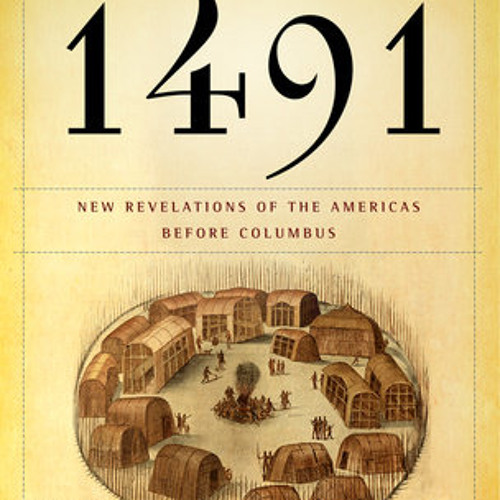
Almost 700,000 people are thought to have died in the United States-as a proportion of the population, equivalent to more than 2 million people today. Estimates of the final death toll range from 17 million to 100 million, depending on assumptions about the number of uncounted victims. In a flurry of wartime propaganda, American and European governments downplayed the epidemic, which helped it spread. was stepping up its involvement in the First World War.

Although medical data from the time are too scant to be definitive, its first attack is generally said to have occurred in Kansas in March 1918, as the U.S.

Those months were the height and immediate aftermath of the world’s worst-ever influenza pandemic. Garthwaite sought out a particular subset of respondents: people born between October 1918 and June 1919. The survey asks a large sample of the citizenry whether it has a variety of ailments, including diabetes, kidney disorders, and several types of heart disease. Census Bureau since 1957, the NHIS is the oldest and biggest continuing effort to track Americans’ health. He found them in the National Health Interview Survey. I n 2008 a young economist named Craig Garthwaite went looking for sick people. Naval Hospital in New Orleans during the 1918 pandemic.

Doctors treat an influenza patient at the U.S.


 0 kommentar(er)
0 kommentar(er)
